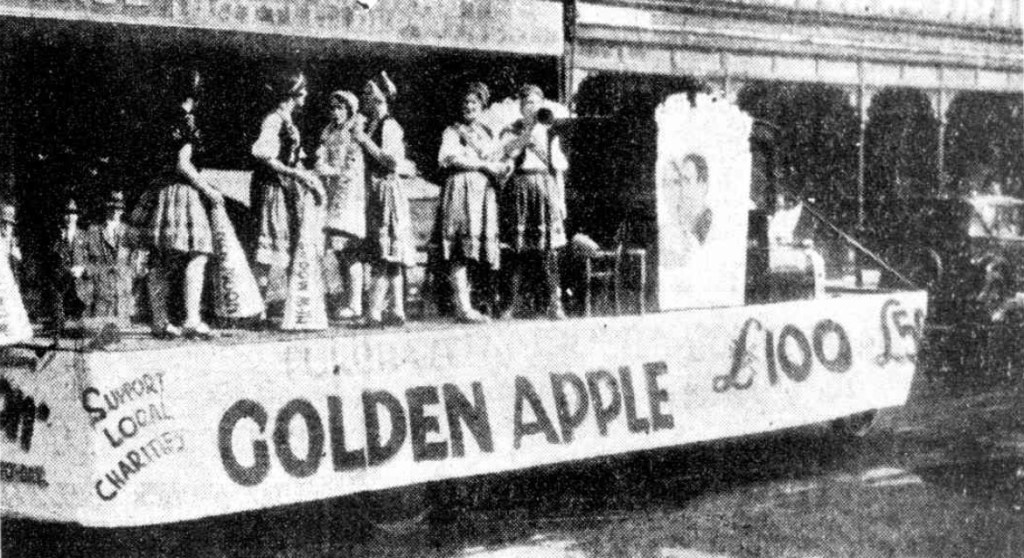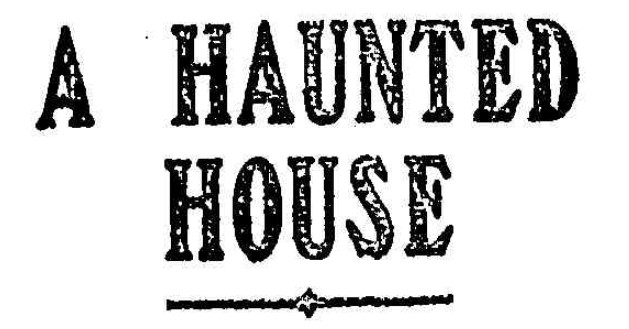Determined to help during the depression, ‘The Daily News’ established The Golden Apple Appeal as a way to raise money for single unemployed women, children of the unemployed, and orphanages. The Appeal involved selling apples (provided by Western Australian growers) in Perth. Each apple was wrapped in paper and cost one shilling. The paper had a number printed on it, which the buyer kept until the officials conducted a raffle. There were two prizes, and the people with the winning numbers could win either £50 or £100.

The Appeal was popular, and interest only grew when Hoyts Theatres Ltd agreed to help. On the 18th and 19th July 1931, apple sales exceeded expectations, and funds raised totalled over £2,000. For the following weekend, the publicity manager of Hoyts, Bert Snelling, came up with a novel idea to generate further interest: an open-air wedding.
Continue reading “Married by Hoyts”






